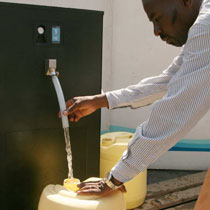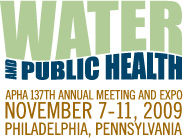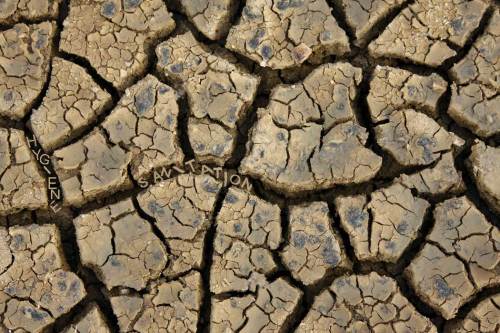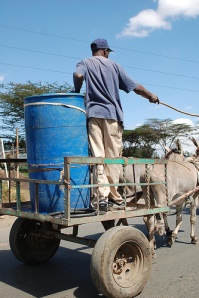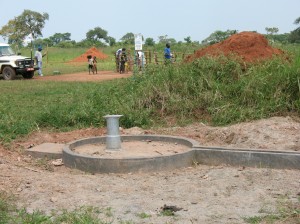Iron deficiency is the most common micronutrient deficiency in the world. Although many believe that anemia and iron deficiency are synonymous (as I did until a few weeks ago), iron deficiency is but one cause of anemia. Iron deficiency and anemia are both associated with increased risk of morbidity and mortality and pose a real threat to women in the developing world.
Scientists have shown that iron-fortified water and cooking with cookware can both lead to improved iron status but few believed that natural sources of iron in groundwater could offer iron in the correct state, and in high enough concentrations, to have nutritional benefits. That is, until researchers from a large nutrition study in Bangladesh, JiVita, noted that women in their target area had much lower prevalence of anemia, iron deficiency, and iron deficiency anemia than much of the country. They started to ask themselves what makes this population different. They failed to attribute these discrepancies to demographics, differences in dietary intake of iron, and differences in the prevalence of other infections/diseases. Next they turned to the women’s water source.
This population almost exclusively drinks from groundwater through tubewells. Despite the high variability of groundwater iron concentration in Bangladesh, they found a median total iron concentration of 16.7 mg/L – greater than other parts of the country with higher iron deficiency prevalence. The team estimates that women in the study ingest ~42 mg/day of total iron and expects a 6% increase in ferritin concentration for every additional 10mg/day.
So in short, it seems that groundwater iron can offer nutritional benefits to women. These nutritional benefits may in turn reduce mortality and morbidity associated with iron deficiency and anemia.
So why do I think this is interesting?
1. This may be important to consider when treating water in areas with high concentrations of iron in their groundwater. In Bangladesh, what is the impact on nutrition of all the technologies that remove iron at the same time as arsenic?
2. Will iron concentration in groundwater now play an important role in nutrition studies?
If you want to learn more about this, here is a great presentation by Rebecca Merrill who did a large part of this research for her doctoral dissertation.


